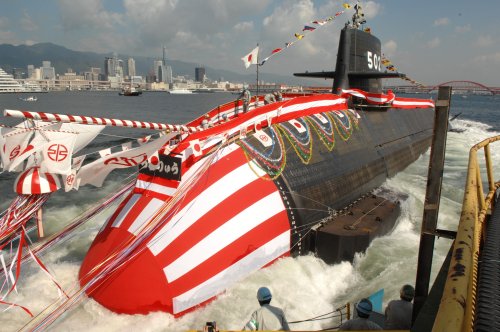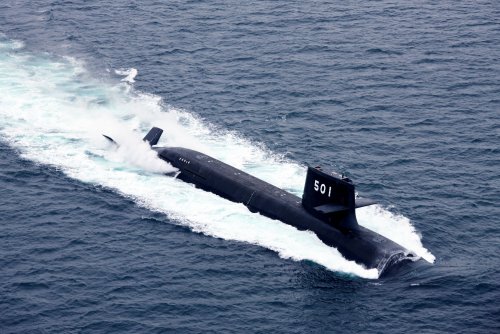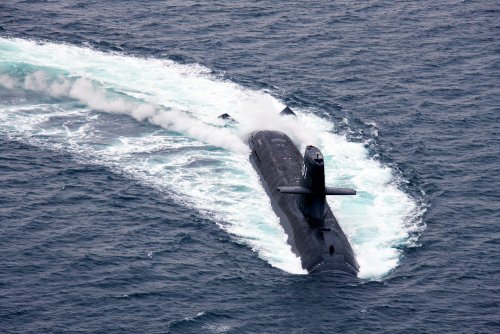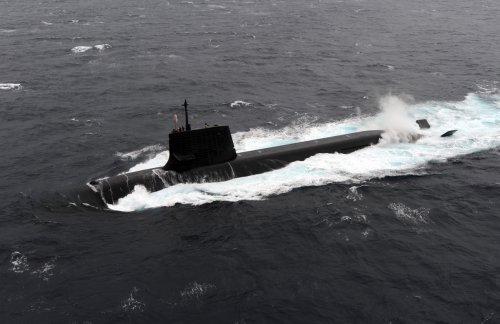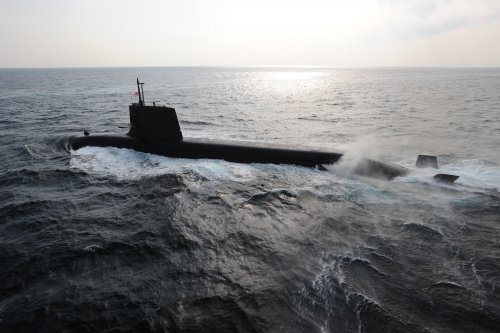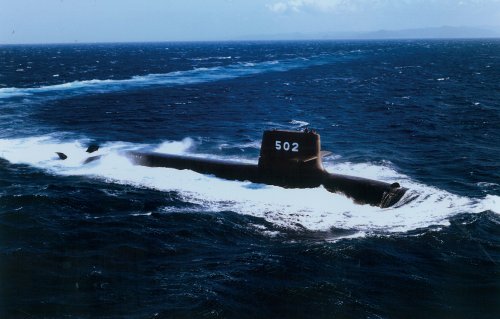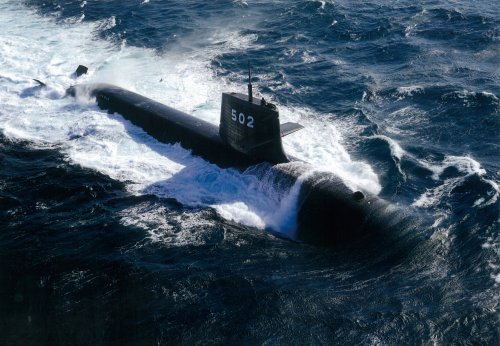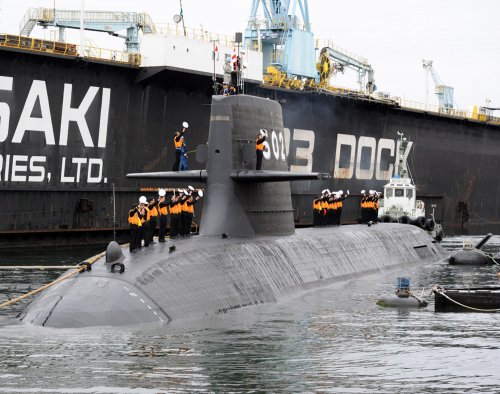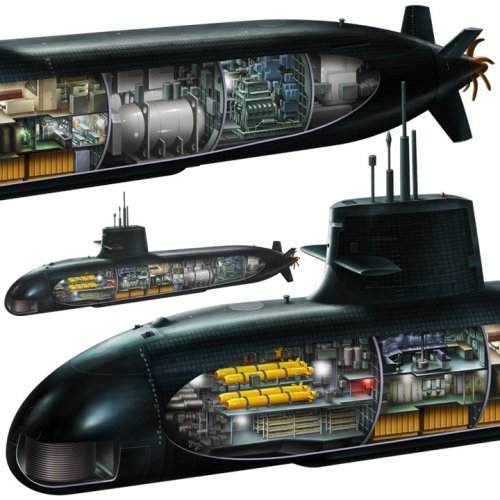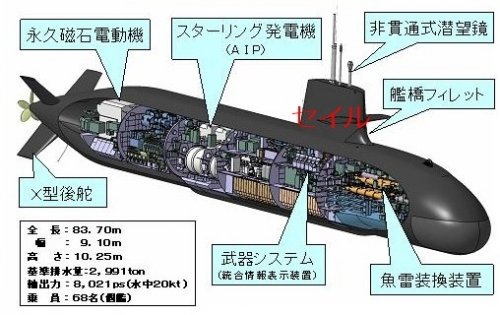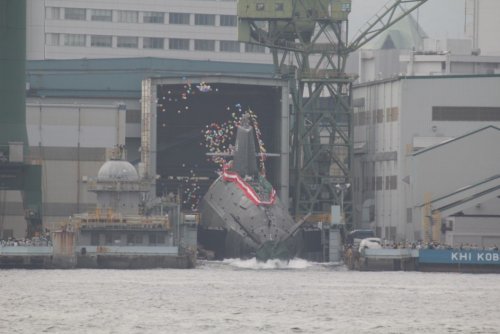Two News Reports regarding the replacement of Australia's Collins Class:
Australia to sign new submarines deal with Japan as Prime Minister Shinzo Abe visits Tony Abbott in Canberra
New Japanese submarines to cost Abbott Government $20 billion
It is increasingly looking like Australia will select the Japanese-built Soryu Class submarine to replace locally built Collins Class boats. It ill be interesting to see what modifications, if any they receive should this become reality.
Specs for each (according to GlobalSecurity.org):
Soryu Class
Collins Class
Australia to sign new submarines deal with Japan as Prime Minister Shinzo Abe visits Tony Abbott in Canberra
New Japanese submarines to cost Abbott Government $20 billion
It is increasingly looking like Australia will select the Japanese-built Soryu Class submarine to replace locally built Collins Class boats. It ill be interesting to see what modifications, if any they receive should this become reality.
Specs for each (according to GlobalSecurity.org):
Soryu Class
Collins Class

